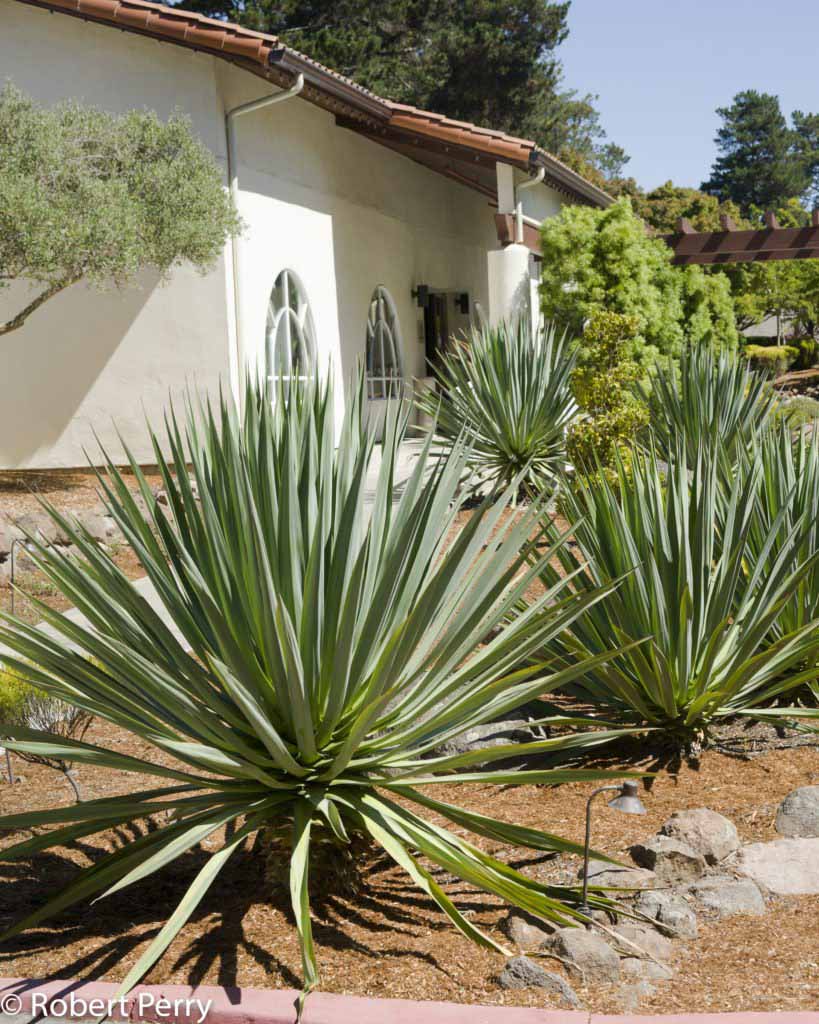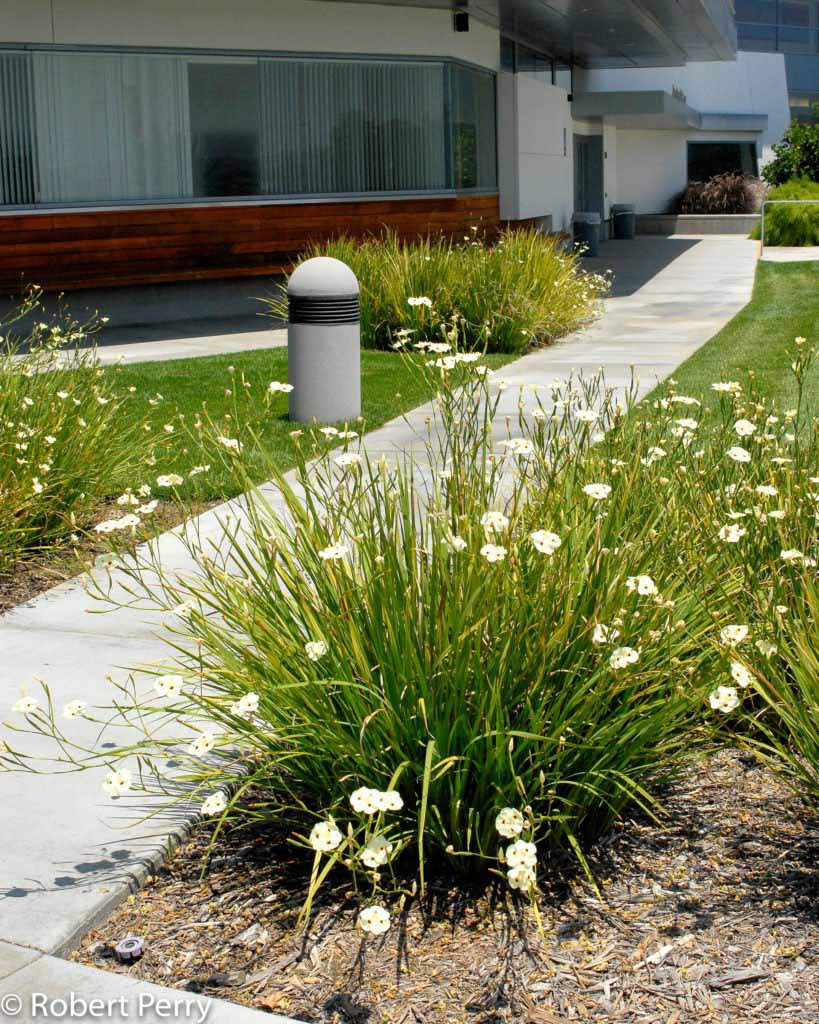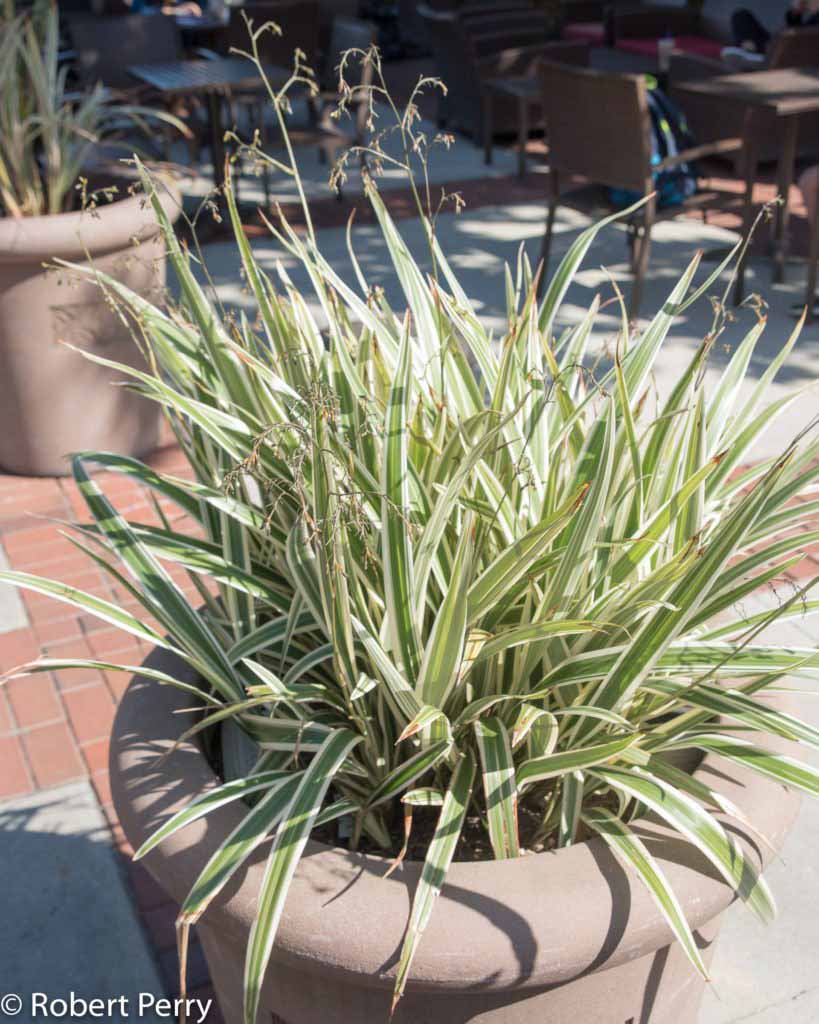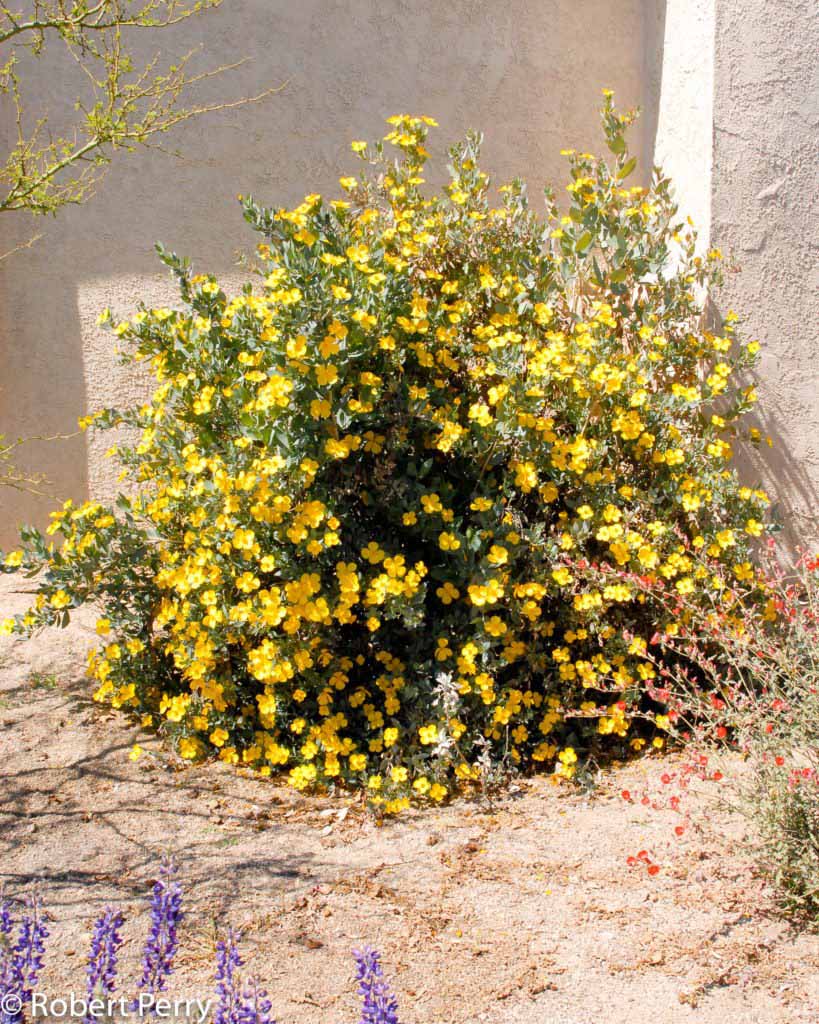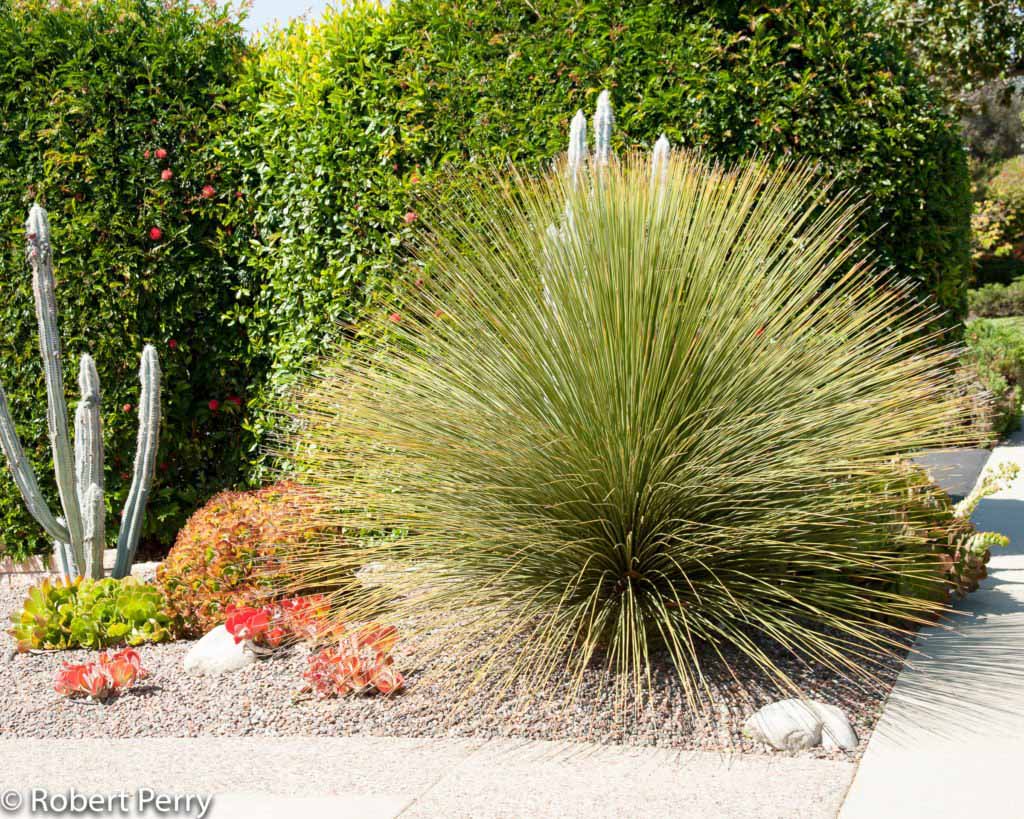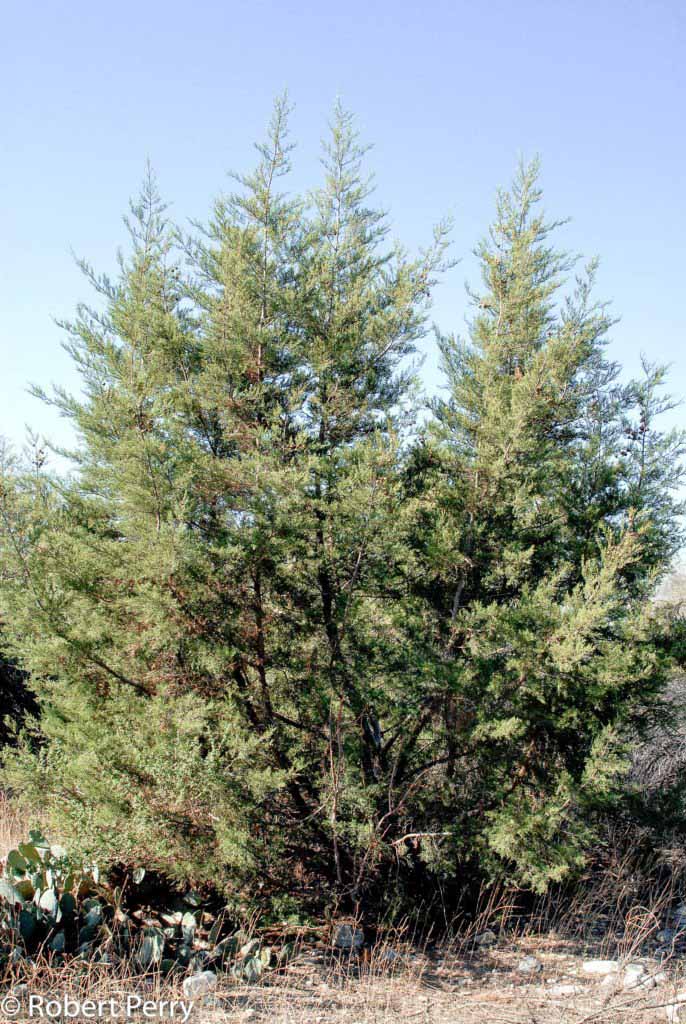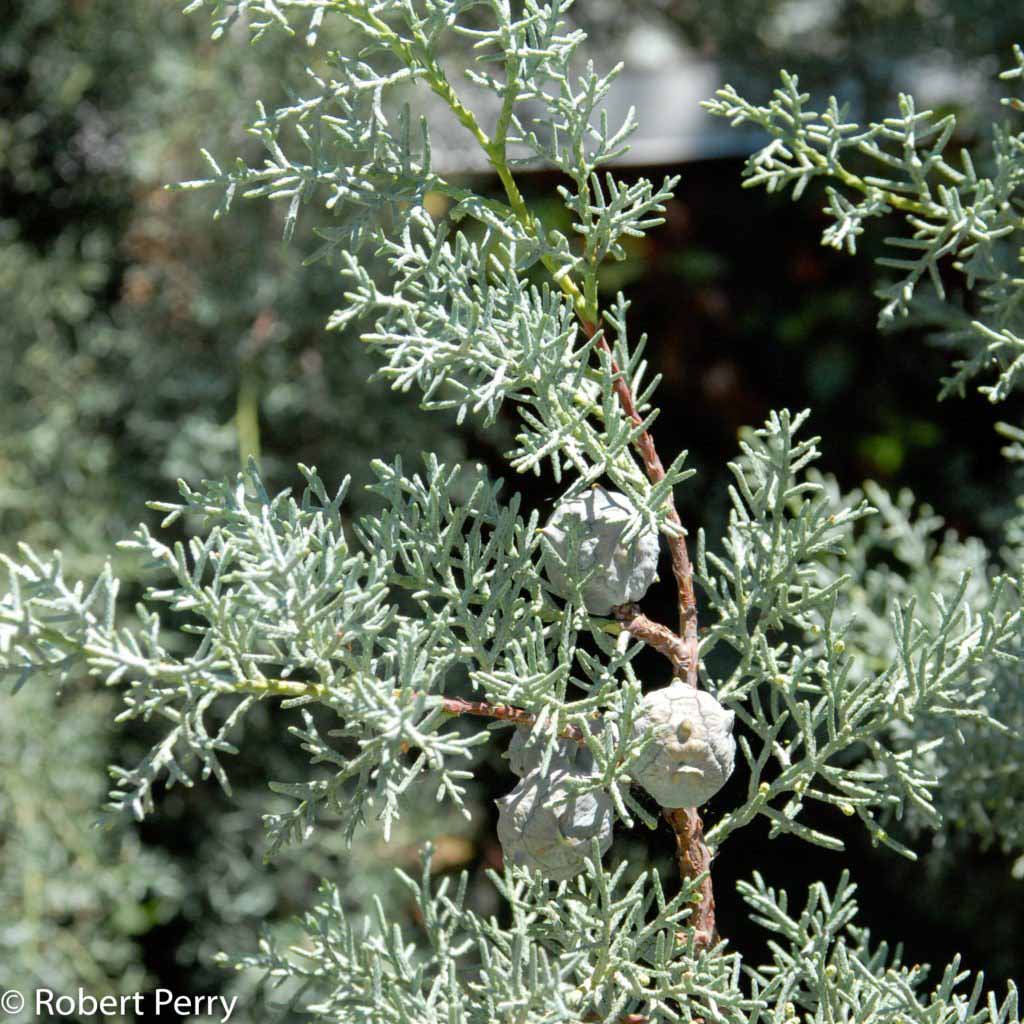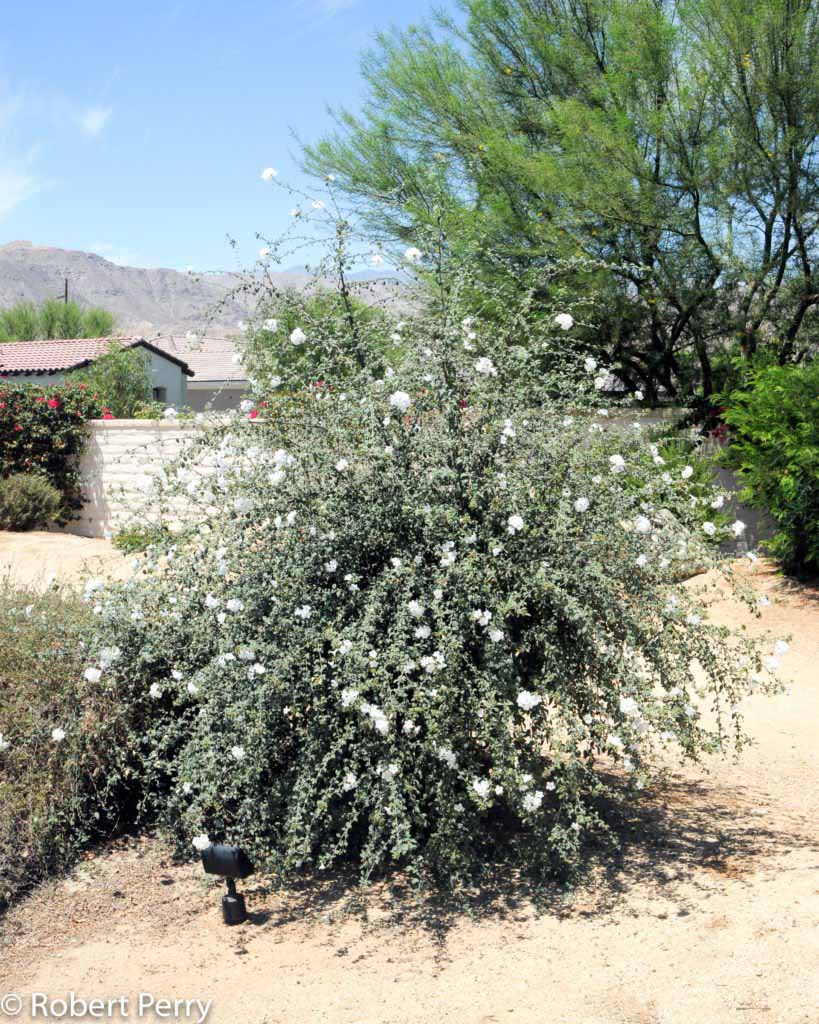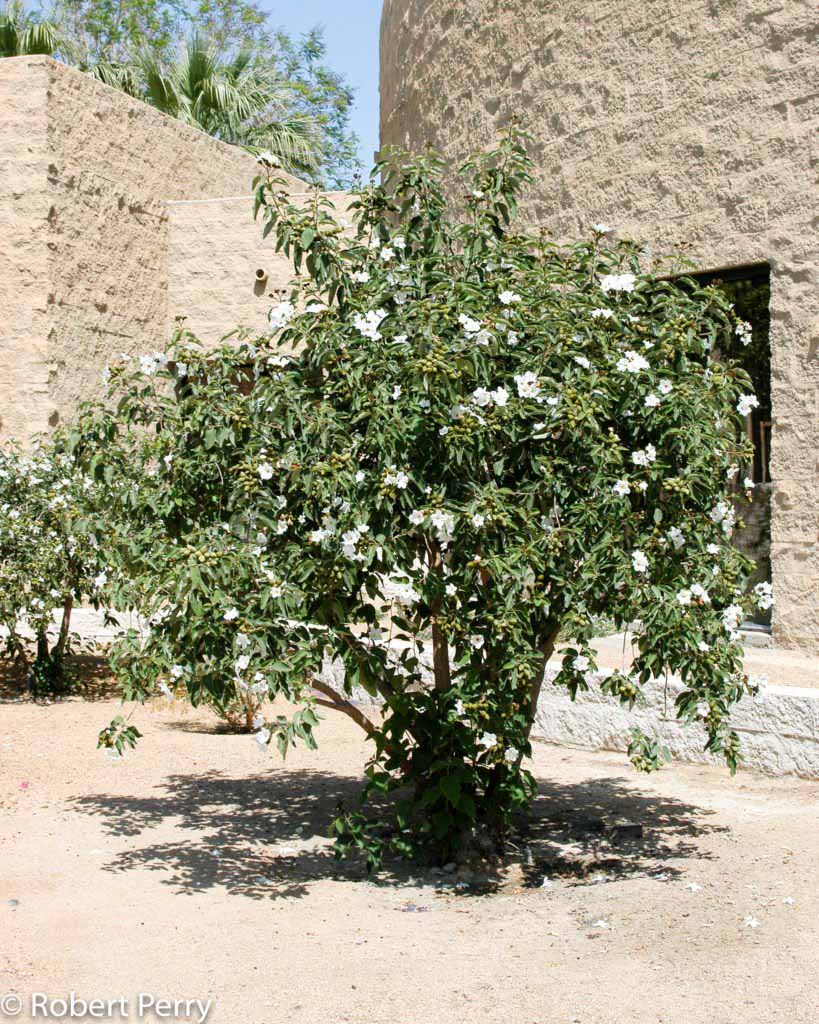Dragon tree
The Dragon tree is often planted as a special interest feature plant in ornamental landscapes and gardens in many parts of the Inland Empire. Over time it will grow into a medium size tree with a stout succulent trunk up to 25 ft. tall. As plants mature, they develop broad crowns comprised of many branches […]
